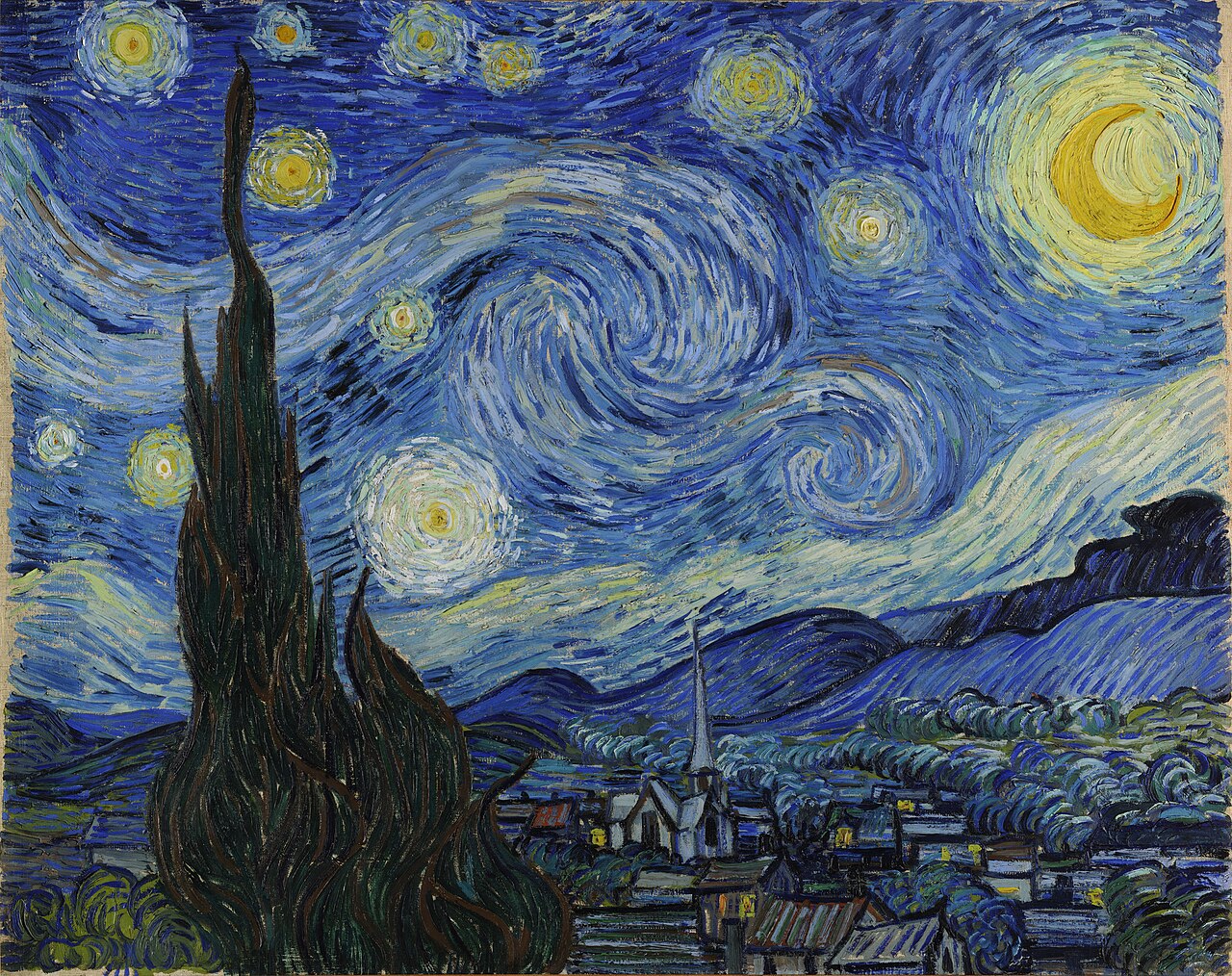ART FOR THE VISUALLY IMPAIRED
Mona Lisa
Leonardo da Vinci

The Last Supper
Leonardo da Vinci

The Starry Night
Vincent Van Gogh

The Scream
Edvard Munch

The Creation of Adam
Michelangelo

The Birth of Venus
Sandro Botticelli

Girl With a Pearl Earring
Johannes Vermeer

The Persistance of Memory
Salvador Dalí

Girl Before a Mirror
Pablo Picasso
![In this painting, woman stands before a mirror. The mirror echoes her features, but her reflection is warped. One of its cheeks is hollow while hers are full, and its body is twisted into a unclear echo of her real form. Picasso's cubist style, which features geometric figures in the depiction of real life beings and objects, is on display in this painting. Though she is more true-to-life than her counterpart in the mirror, the woman's hair hangs off her head like it is barely connected, her neck is a triangular curve that ends in a point rather than narrowing more subtly towards the head. Like the neck, all the curves in the painting are sharply defined and exaggerated rather than the smoother transitions that exist in reality.]()







